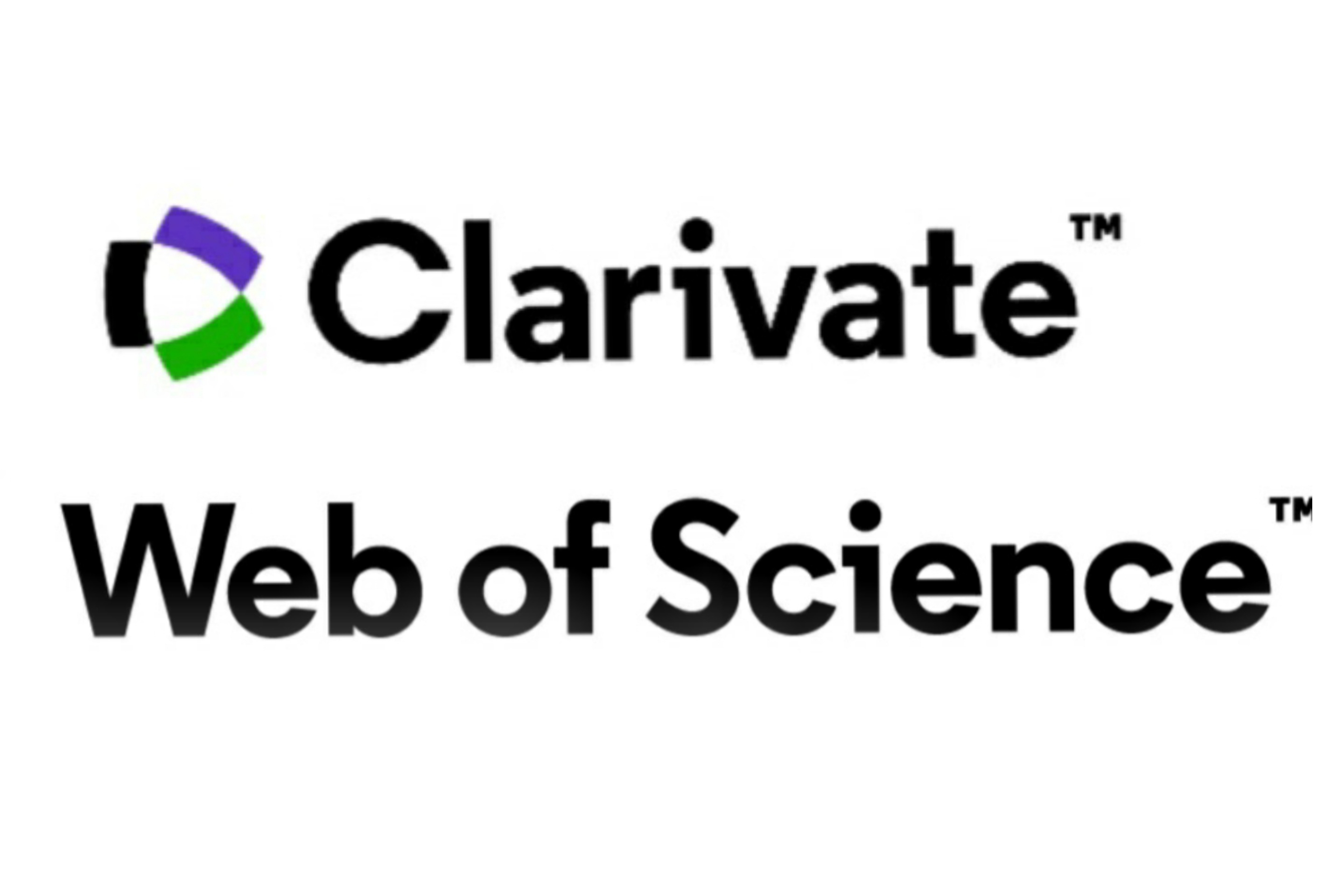Optimization of polymerization process conditions during development of micro- and nanocapsules of hydrophobic agents based on Pickering emulsions
Abstract
The polymerization process is one of the most important processes to obtain stable emulsions. This is especially important when the emulsion evaporates. In the work, the protocol of optimum polymerization conditions was developed, which comprises carrying out the polymerization at a temperature of 80°C using potassium persulfate as an initiator at a concentration 0.4 mM. It was found that the formed monodisperse particles with an average size of 200 nm have a distinct morphology capsules, which according cryo-SEM pictures have spherical shape, similar to the morphology of raspberry. These results are also consistent with the data of TEM images, whereby submicrocapsules were densely coated by silica particles. It was proved by zeta-potential measurements according to which, after polymerization the disperse systems become more colloidally stable and less prone to aggregation and sedimentation.
References
1 Hasell T, Yang JX, Wang WX, Li J, Brown PD, Poliakoff M (2007) J Mater Chem 17:4382-4386. http://dx.doi.org/10.1039/b705917e
2 Yang J, Hasell T, Wang WX, Li J, Brown PD, Poliakoff M (2008) J Mater Chem 18:998-1001. http://dx.doi.org/10.1039/b715927g
3 Zhang J, Chen KQ, Zhao HY (2008) J Polym Sci Part A 46:2632-2639. http://dx.doi.org/10.1002/pola.22593
4 CauvinS, Colver PJ, Bon SAF (2005) Macromolecules 38: 7887-7889. http://dx.doi.org/10.1021/ma051070z
5 Voorn DJ, Ming W, Herkvan AM (2006) Macromolecules 39:2137-2143. http://dx.doi.org/10.1021/ma052539t
6 Chen KQ, Yang YF, Sa QN, Shi LQ, Zhao HY (2008) Polymer 49:2650-2655. http://dx.doi.org/10.1016/j.polymer.2008.04.009
7 He Y, Yu X (2007) Materials Lett 62:2071-2074. http://dx.doi.org/10.1016/j.matlet.2006.08.018
8 Bon SAF, Colver PJ (2007) Langmuir 23:8316-8322. http://dx.doi.org/10.1021/la701150q
9 Wen N, Tang Q, Chen M, Wu L (2008) J Coll Interf Scie 320:152-158. doi:10.1016/j.jcis.2007.11.059
10 Jeng J, Chen TY, Lee CF, Liang NY, Chiu WY (2008) Polymer 49:3265-3271. http://dx.doi.org/10.1016/j.polymer.2008.05.027
11 Zou H, Wu S, Shen J (2008) Langmuir 24:10453-10461. http://dx.doi.org/10.1021/la800366j
12 Balmer JA, Mykhaylyk OO, Fairclough JPA, Ryan AJ, Armes SP, Murray MW, Murray KA, Williams NSJ (2010) J Am Chem Soc 132:2166-2168. http://dx.doi.org/10.1021/ja910139a
13 Chen M, Wu L, Zhou S, You B (2004) Macromolecules 37:9613-9619. http://dx.doi.org/10.1021/ma048431f
14 Zhang Y, Zou Q, Shu X, Tang Q, Chen M, Wu L (2009) J Coll Interf Sci 336:544-550. http://dx.doi.org/10.1016/j.jcis.2009.04.003
15 Yin D, Zhang Q, Jia Y, Zhang H (2010) J Coll Surf A 367:70-75. http://dx.doi.org/10.1016/j.colsurfa.2010.06.021
16 Ma H, Dai LL (2009) J Coll Interf Sci 333:807-811. http://dx.doi.org/10.1016/j.jcis.2009.02.007
17 Zhou H, Shi T, Zhou X (2013) Appl Surf Sci 266:33-38. http://dx.doi.org/10.1016/j.apsusc.2012.11.054
18 Sacanna S, Kegel WK, Philipse AP (2007) Langmuir 23:10486-10492. http://dx.doi.org/10.1021/la701311b

This work is licensed under a Creative Commons Attribution-NonCommercial-NoDerivatives 4.0 International License.
Authors retain copyright and grant the journal right of first publication with the work simultaneously licensed under a Creative Commons Attribution License (CC BY-NC-ND 4.0) that allows others to share the work with an acknowledgement of the work's authorship and initial publication in this journal.









